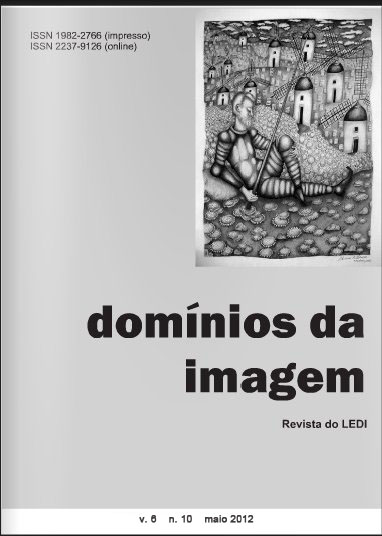The King 8 Deer, Jaguar's Claw: power and cult of the feathered serpent in public spaces in the Mixtec area during the 11th century A.D.
DOI:
https://doi.org/10.5433/2237-9126.2012v6n10p23Keywords:
Codex, Material culture, Imagery, Mixtec Area, Mesoamerica.Abstract
This paper aims the relationship between the cult of the feathered serpent, a symbol of an important Mesoamerican deity and the ruler of the Mixteca region, Eight Deer, Jaguar Claw, during the eleventh century AD. The cult images appear on a written record, the Codex Nuttall, and highlights pictoglyph narratives associated with the cult of the feathered Serpent in public spaces in the Mixteca. The ruler Eight Deer, Jaguar Claw, appears in some of them, which leads to the inference that the worship legitimized the king's power.Downloads
References
JOYCE, Arthur; MUELLER, Raymond. Prehispanic Human Ecology of the Rio Verde Drainage Basin, Mexico. World Archaeology, v. 29, n. 1, p. 75-94, 1997.
LEJARAZU, Manuel H. Arqueología Mexicana. Códice Nuttall. México: Raíces, 2007. Edição especial códices.
LIBURA, Krystyna M. Ocho Venado, Garra de Jaguar, héroe de vários códices. México: Tecolote, 2005.
LÓPEZ AUSTIN, Alfredo; LÓPEZ LUJÁN, Leonardo. Mito y realidad de Zuyuá. Serpiente emplumada y las transformaciones mesoamericanas del Clásico al Posclásico. México: FCE, 1999.
NAVARRO, Alexandre Guida. Las serpientes emplumadas de Chichén Itzá: distribución en los espacios arquitectónicos e imaginería. 2008. Tesis (Doctorado) - UNAM, México, 2007.
NAVARRO, Alexandre G.; FUNARI, Pedro P. A. Un estudio de caso de la Arqueología Histórica: organización espacial y memoria colectiva en Chichén Itzá, pp. 163-186. Arqueología Colonial Latinoamericana. Modelos de estudio (Juan G. Targa e Patricia Fournier orgs.). Oxford: BAR, 2009.
NORBERG-SCHULZ, C. Existencia, espacio y arquitectura. Barcelona: Blume, 1980.
OTTERBEIN, Keith F. The Anthropology of War. Long Grove: Waveland Press, 2009. .
PARKER PEARSON, M. y RICHARDS, C. (editores) Architecture and Order: Approaches to Social Space. Londres: Routledge, 1994.
PIÑA CHÁN, R. Quetzalcóatl. Serpiente Emplumada. México: FCE, 1992 (1977).
PIÑA CHÁN, R. Chichén Itzá. La ciudad de los brujos del agua. México: FCE, 1980.
RAPOPORT, A. Systems of activities and systems of settings. S. Kent (ed.) Domestic architecture and the use of space. Cambridge: Cambridge University Press, 1990.
RINGLE, William; GALLARETA NEGRÓN, Tomás; BEY III, George. The Return of Quetzalcoatl. Evidence for the Spread of a World Religion during the Epiclassic Period. Cambridge: Cambridge University Press, 1998. p. 183-232.
SCHELE, Linda; FREIDEL, David. Una Selva de Reyes. La Asombrosa Historia de los Antiguos Mayas. México: Fondo de Cultura Económica, 1999.
SUGIYAMA, Saburo. The Temple of Quetzalcoatl at Teotihuacan. Its Possible Ideological Significance. Cambridge: Cambridge University Press, 1991. p. 93-105.
Downloads
Published
How to Cite
Issue
Section
License
Copyright (c) 2012 Domínios da ImagemDomínios da Imagem adopts the Creative Commons Attribution 4.0 International License, therefore, the copyrights related to the published articles belong to the author(s), who grant the journal the exclusive right of first publication.
Under this license it is possible to: Share - copy and redistribute the material in any medium or format. Adapt - remix, transform, and build upon the material, giving due credit and providing a link to the license and indicating if changes were made.












 The works in this journal are licensed under Creative Commons .
The works in this journal are licensed under Creative Commons .